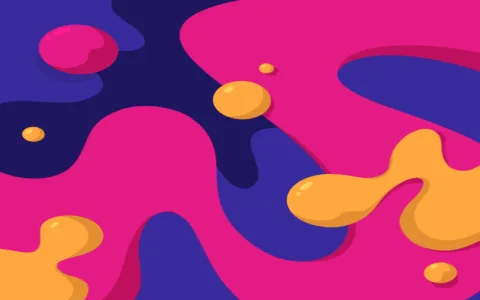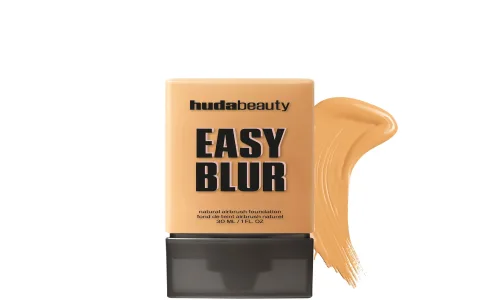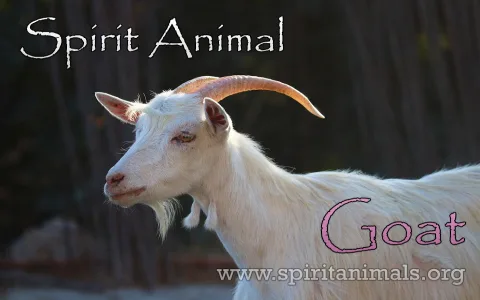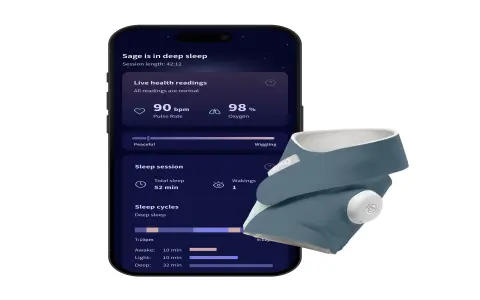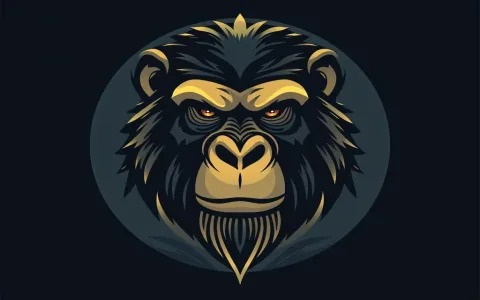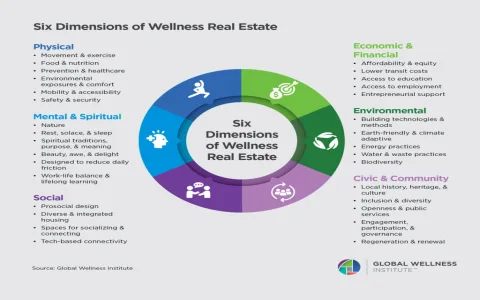The Chaos Before the Form
Listen, before I even got into this “circle” stuff, my life was a mess. Seriously. I was running three different side hustles while holding down a demanding full-time gig, and I felt less like a professional and more like a poorly stacked Jenga tower just waiting to collapse. Everything felt temporary, incomplete, and frankly, kind of sharp around the edges. I was constantly scrambling to connect tasks that had no business being linked together. I had zero sense of continuity or flow. Every day felt like starting a new sprint, and I was just plain exhausted.
My stress levels were through the roof. I remember one specific week where I missed a crucial deadline for a client because I had double-booked myself, and then I forgot my kid’s school play. When I finally sat down Friday night, I looked at my planner, and it looked like a battlefield. I was sick of feeling fragmented.
The Discovery: Ancient Symbols and a Broken Mug
The turning point wasn’t some fancy retreat; it was literally a broken coffee mug. I was tired, and I dropped my favorite ceramic mug—the handle snapped clean off, leaving the circular base perfectly intact. For whatever reason, staring at that clean, unbroken circle of the base while the rest of my life felt shattered just hit me hard. I started thinking, why do humans instinctively find comfort in that shape?

I dove headfirst into reading up on ancient symbolism. I wasn’t looking for religious doctrine; I was looking for practical geometry applied to the soul. I found the idea that the circle is the ultimate symbol of wholeness, of continuity, of ‘no beginning and no end.’ It’s the opposite of the jagged, start-and-stop chaos I was living in.
Putting the Symbol to Work: The Practice Begins
I decided to stop reading about it and actually start doing it. My goal was simple: actively integrate the psychological sense of completeness into my broken routine. I wasn’t going to spend money on classes; I was going to use simple, raw methods.
- I grabbed a pen and paper: This was the first, and most important, step. Every morning, before I checked any social media or emails, I forced myself to sit down and draw 15 circles. No compass, just freehand. They were messy, wobbly, and imperfect. But the act of starting and completing that loop, 15 times, was strangely calming. I felt my focus narrowing down to just the action itself.
- I started visualizing my day as a circle: Instead of seeing a list of discrete tasks (Task A -> Task B -> Collapse), I imagined all my responsibilities sitting on the circumference of a giant wheel. This visualization changed the stakes. If I failed one task, the wheel didn’t stop; it just kept turning. It removed the high-stakes pressure of linearity.
- I created “Circle Checkpoints”: I set alarms three times a day. When the alarm went off, I would simply stop whatever I was doing—even mid-sentence—and take ten deep breaths, visualizing a closed loop of air entering and leaving my body. It was a fast way to reconnect to that feeling of completeness.
Dealing with Disruption: The Test
Of course, life immediately threw me a curveball. About three weeks into this practice, my biggest client suddenly pulled the plug on a major contract. Old me would have absolutely flown into a panic spiral, spending three days staring at the ceiling and obsessing over the financial void.
But this time, something was different. I felt the panic rise, but I immediately applied the circle logic. I didn’t see the contract termination as an absolute end (a hard stop). I saw it as the completion of one cycle, creating a fresh, empty space on the wheel for the next one. I grabbed my notebook, drew a giant circle representing the client relationship, and then drew a smaller, nested circle inside it, representing the “new opportunity” this loss created.
I swear to you, within 48 hours, instead of mourning the loss, I had already reached out to two completely new contacts I had been too nervous to approach before. The emotional weight of the setback was nowhere near as heavy because I had framed it as a continuous flow, not a wall.
The Spiritual Meaning: Practical Wholeness
The true spiritual meaning of the circle isn’t some airy-fairy concept; it’s brutally practical. It taught me that everything relates. You can’t pull one thread out of your life—work, family, health—without affecting the others. When I finally understood that, I stopped trying to compartmentalize everything into sharp boxes.
I realized I was the center of my own circle. I am the nucleus that gives integrity to the circumference. Before, I was letting the circumference—all the deadlines and external demands—dictate the shape of my center. Now, I protect the center, and everything else flows naturally around it.
If you’re currently feeling scattered, I promise you, grab a pen. Start drawing. It’s the easiest, cheapest, and most fundamentally human way to force your brain to accept that even when things feel broken, they are still contained within a larger, unbroken whole.
